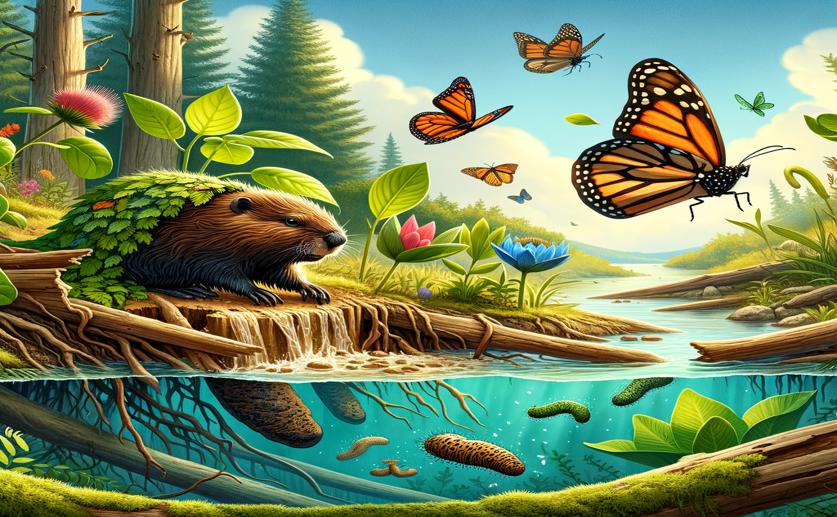
How Organisms Change Their Environment and Themselves
Jim Crocker
26th April, 2024

Image Source: Natural Science News, 2024
Key Findings
- Study from Universität Göttingen explores how organisms adapt by transforming their environments
- Temporary environmental changes don't offer new insights, but prolonged changes affect organism adaptability
- Organisms can adapt within a single episode by altering their modifying environment, impacting immediate adaptability
References
Main Study
1) Adaptation through organism-induced environmental transformations—a systems representation
Published 25th April, 2024
https://doi.org/10.1007/s12080-024-00576-6
Related Studies
2) Evolutionary models of extended phenotypes.
3) The Shared Use of Extended Phenotypes Increases the Fitness of Simulated Populations.
4) The adaptational system as a dynamical feedback system.
Journal: Journal of theoretical biology, Issue: Vol 189, Issue 1, Nov 1997



 19th April, 2024 | Greg Howard
19th April, 2024 | Greg Howard